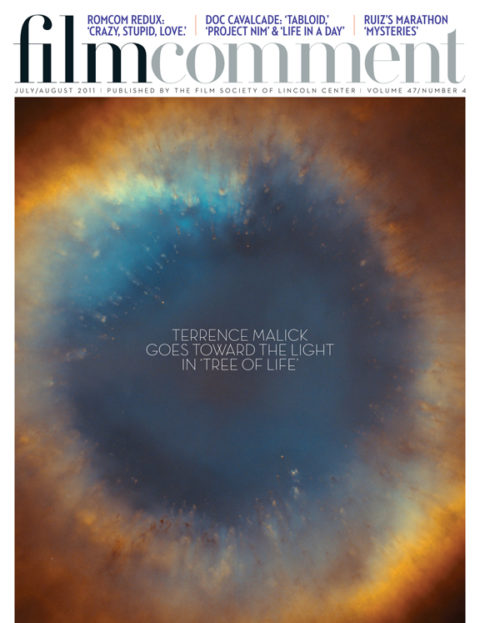
How can a film be at once derivative and singular? Like the grainy texture of its eponymous film format that exudes homey sentimentality and cinematic first steps for filmmakers of a certain age, Super 8 is distilled nostalgia. But unlike most trips down collective memory lane, it neither argues that those “simpler times” are preferable to the present nor points out their shortcomings. Rather, it’s an unabashed romp that works even for those who didn’t grow up in late-Seventies Everytown, USA.
Abrams borrows the better aspects of Spielberg’s oeuvre—the confusion and wonder of pubescence—without the attendant commercialism. (Lucas and Spielberg’s contributions to filmmaking are far exceeded by their innovations in the field of marketing.) Super 8’s extraterrestrial wasn’t painstakingly engineered to be as plush-toy-friendly as possible, nor will children wear Super 8 jammies while guzzling orange drink from its collectable commemorative cups. Considering its minimalist teaser trailers and release during a summer movie season where just about every blockbuster is either a remake, an adaptation, or a sequel, it’s a purifying breath of adbusting fresh air. Viewers of all ages aren’t being asked to be consumers or cynical with Super 8; they’re being asked to do what they’re inclined to do naturally: be curious. Although the bedroom belonging to wide-eyed protagonist Joe (Joel Courtney) is so thoroughly plastered with posters that there’s little actual wall showing—from R. Crumb’s “Keep on Truckin’” to a cutaway schematic of a space shuttle—they’re substantive influences which, before the Internet and Diamond’s Previews catalogue, required a certain level of dedication to discover. Is it pandering to adults now in their mid-thirties who had the same memorabilia lovingly blue-tacked onto their walls? Perhaps, but I would argue that this pastiche (which mirrors the movie itself) is no less sincere and surprisingly touching than Joe’s explanation of dry brush technique to Alice (Elle Fanning).

This goofy moment, as well as budding film director Charles’s overuse of the superlative “mint” or leading man Martin’s nerve-induced projectile vomiting, makes it clear that the kids who inhabit Super 8 are just kids and not junior adults. They fumble through emotion and interaction because they’re experiencing them for the first time—along with the havoc the alien is wreaking on their hometown. When Joe rescues Alice with the assistance of his pyrotechnic-fixated pal Cary, she expresses her gratitude with a strong hug, not a passionate kiss. Thanks in large part to Elle Fanning’s superbly sustained performance—and because it’s refreshingly age-appropriate—this moment is overwhelmingly affecting, far more so than any of the melodramatic invocations of Joe’s dead mother’s locket. If Super 8 sometimes fails to pull off certain key emotional moments, it remains far less hackneyed than Cloverfield’s ironic emotional turns.
Conversely, two visual tactics that did work in Cloverfield—backlighting and lens flares—feel out of place here: though the use of shadow does heighten the drama, the flaring sticks out in what is otherwise a bid for Zemeckis-level perfection. Abrams’s other primary visual device—distorting the frame with racked focus and wide-angle lens—is, however, vintage gold. The leisurely pace at which the mystery unfolds and the alien is revealed is also something of a throwback to an earlier cinematic era. At many points, the mystery fades into the background in both narrative and visual terms as the kids take advantage of the very real destruction around them for the purposes of their zombie movie (“production value,” per Charles). While it may not achieve the level of pop culture canonization as the Spielberg films it invokes, Super 8 should inspire many to use their camera-phones for something more creative than a profile pic.








